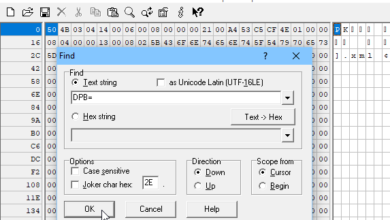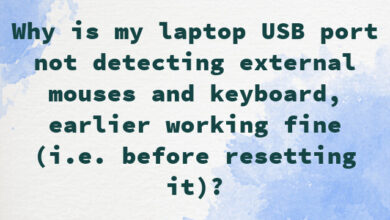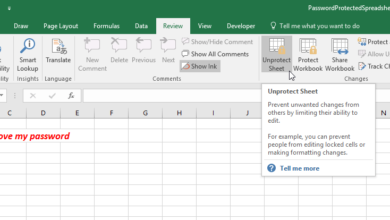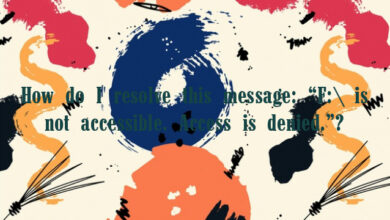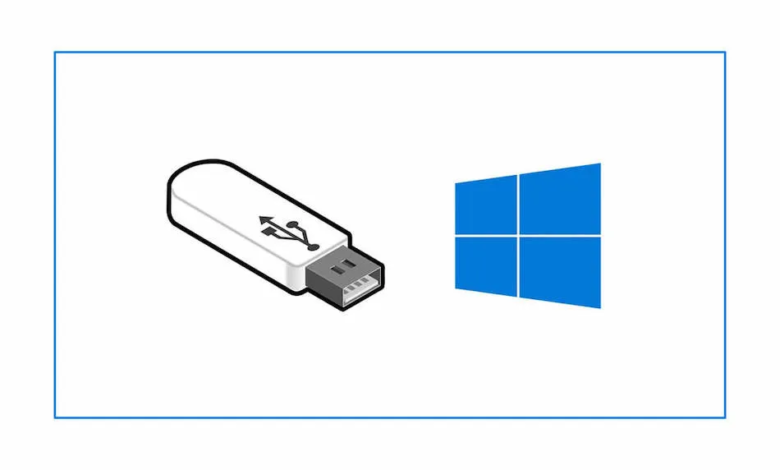
A bootable flash drive will allow you to boot the computer from the file system on the flash drive rather than your hard drive. Here are all possible uses for a bootable USB drive:
- Boot after a PC emergency
- Use a recovery system to repair your PC
- Store an image of the operating system
- Upgrade an old operating system to Windows 10
- “Clean” reinstallation of the operating system
- Use a “portal operating system” on a foreign computer
All popular operating systems support the creation of a bootable USB drive that can be plugged into a USB slot to boot a computer, server or laptop and a flash drive with at least 8 GB of space.
To create a bootable USB flash drive:
- Insert a USB flash drive into a running computer.
- Open a Command Prompt window as an administrator.
- Type diskpart.
- In the new command line window that opens, to determine the USB flash drive number or drive letter, at the command prompt, type list disk, and then click ENTER. The list disk command displays all the disks on the computer. Note the drive number or drive letter of the USB flash drive.
- At the command prompt, type select disk <X>, where X is the drive number or drive letter of the USB flash drive, and then click ENTER.
- Type clean, and then click ENTER. This command deletes all data from the USB flash drive.
- To create a new primary partition on the USB flash drive, type create partition primary, and then click ENTER.
- To select the partition that you just created, type select partition 1, and then click ENTER.
- To format the partition, type format fs=ntfs quick, and then click ENTER.
[!IMPORTANT] If your server platform supports Unified Extensible Firmware Interface (UEFI), you should format the USB flash drive as FAT32 rather than as NTFS. To format the partition as FAT32, type format fs=fat32 quick, and then click ENTER. - Type active, and then click ENTER.
- Type exit, and then click ENTER.
- When you finish preparing your custom image, save it to the root of the USB flash drive.
Thanks.
